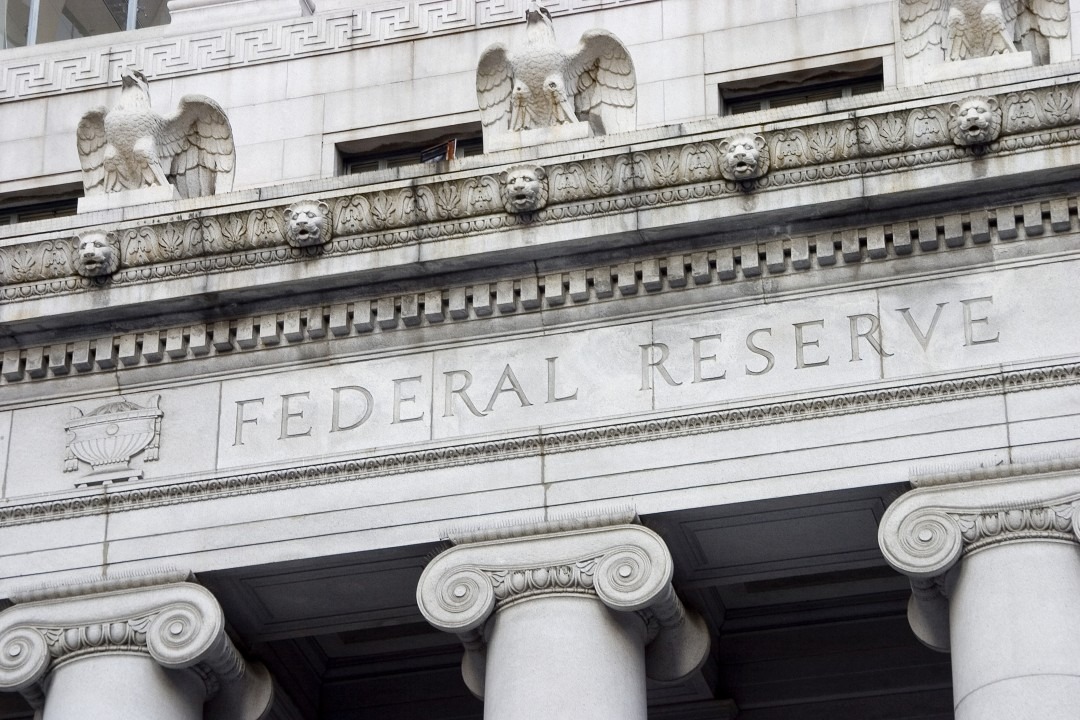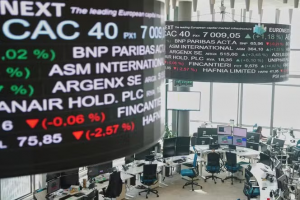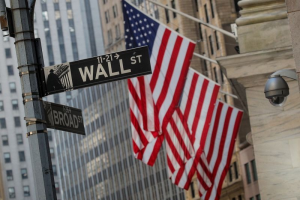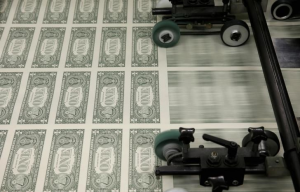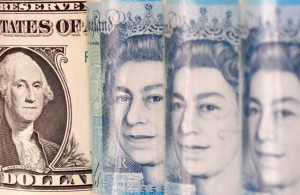The financial markets are focused on the monetary policy decisions of the Federal Reserve, which include the interest rate decision, the interest statement, and economic forecasts, along with the press conference held by Chairman Powell. These decisions are expected to have a profound impact on the performance of the dollar and major currencies, as well as reflecting on stock markets and commodities, including gold and oil.
In light of the current volatility, markets are awaiting any signals regarding upcoming monetary policy, as decisions by the U.S. Federal Reserve affect borrowing costs, which in turn reflects on the bond market, interest rates on loans and mortgages, as well as the global economy.
The U.S. Economy and Its Impact on Federal Reserve Decisions Recent economic data has shown that U.S. inflation is slowing at a faster pace than expected, increasing the anticipation that the Federal Reserve may soon consider easing its monetary policy. According to the latest data from the U.S. Bureau of Labor Statistics, the Consumer Price Index registered an annual growth rate of 2.8% in February, lower than expected at 2.9%. Core inflation also slowed to 3.1%, supporting bets on a potential interest rate cut in the near future.
On the other hand, the U.S. labor market is facing mixed signals, as the economy added 151,000 new jobs in February, a figure lower than the expectations of 160,000 jobs, according to a report by the U.S. Department of Labor. The unemployment rate also rose to 4.1%, compared to 4.0% in the previous month, which may reflect a slowdown in economic activity.
Regarding consumer spending, the Personal Consumption Expenditure (PCE) index, which is the Federal Reserve’s preferred measure of inflation, increased by 0.3% in January, in line with expectations. These economic indicators may have a direct impact on the upcoming decision of the Fed regarding interest rates.
This economic data reflects the continued slowdown of inflationary pressures and consumer spending signs, alongside the beginning of weakness in the U.S. labor market, which may lead the Federal Reserve to approach a decision to cut interest rates soon, but that could depend on the release of additional data in the future.
Expectations for the Federal Reserve’s Decision and Its Impact on Markets Market expectations indicate that the Federal Reserve will not cut interest rates during the current meeting, despite rising concerns about economic slowdown and the impact of trade policies. According to the CME FedWatch tool, the odds of keeping interest rates within the range of 4.25% - 4.5% stand at 99%, confirming that the tightening monetary policy continues for now.
Analysts from Deutsche Bank wrote in a note to investors that the Federal Reserve is likely to keep interest rates unchanged for the second consecutive time, noting that the bank will provide limited guidance on the future of monetary policy amid rising uncertainty.
Analysts from Wells Fargo believe that the Fed may move to cut rates twice during 2024, especially as it assesses the impact of U.S. trade policies on inflation and economic growth.
Statements from Federal Reserve Officials on Future Interest Rates Recent statements from Federal Reserve officials have been cautious, with Jerome Powell emphasizing that the bank does not need to rush to adjust interest rates at this time, indicating that the monetary policy approach will remain flexible based on developments in the economy and inflation.
Powell, during his participation in the U.S. Monetary Policy Forum, noted that uncertainty regarding economic policies remains high, especially in the areas of trade, immigration, and financial regulation, necessitating a more cautious approach.
Expected Scenarios for the Federal Reserve’s Decision If the Federal Reserve decides to keep interest rates unchanged while indicating its satisfaction with the slowdown in inflationary pressures and concerns about the weakness in the labor market, this could lead to a decline in the dollar, positively reflecting on gold, U.S. stocks, and digital currencies.
On the other hand, if the Fed emphasizes a cautious approach and monitoring of upcoming economic data before taking any new steps in its statement, this may result in an increase in the U.S. dollar, while gold prices, stock markets, and digital currencies, including Bitcoin, may decline.
How Will Markets React to the Fed’s Decision? As the meeting date approaches, the outlook remains uncertain regarding the Fed's future direction. Any indication of a near-term interest rate cut could lead to a rise in stock markets and a decline in the dollar, while continued caution may keep markets in a state of sharp volatility.

